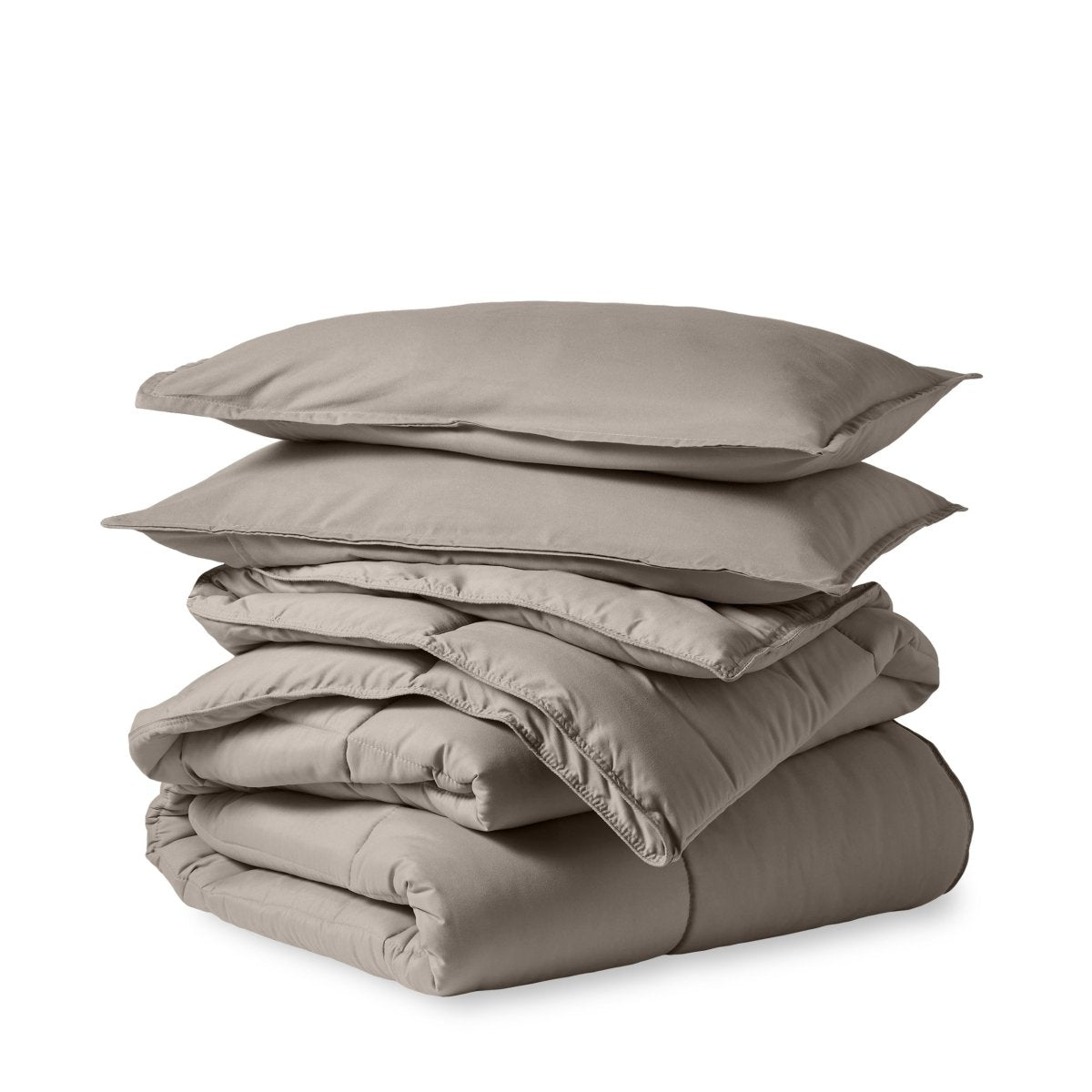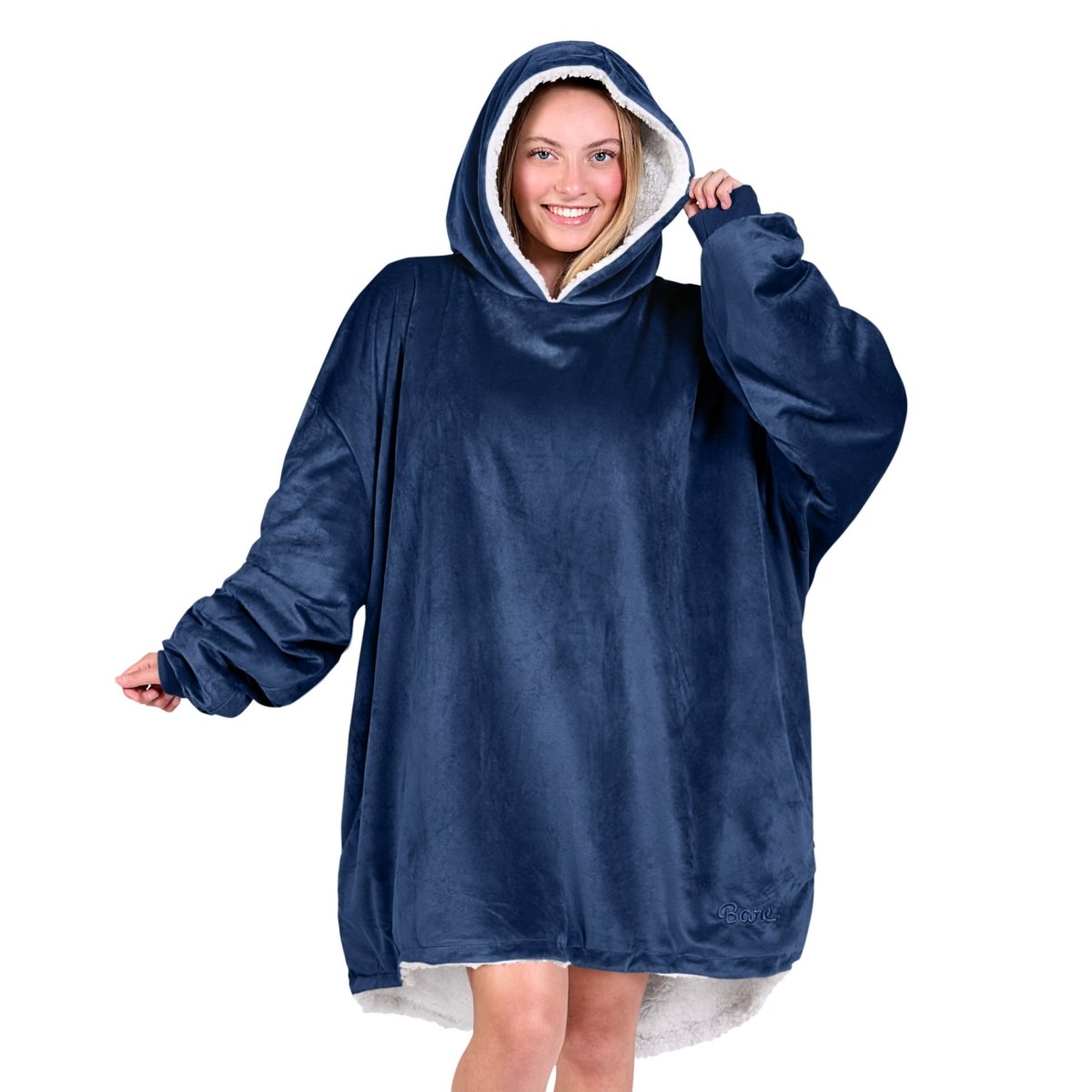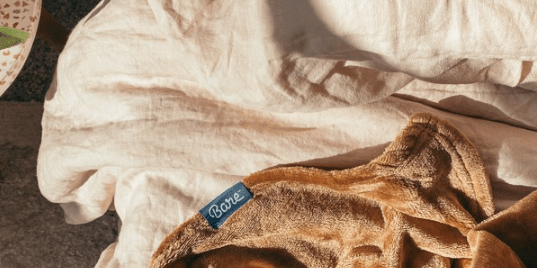Uncovering the History of This Warm and Welcoming Fabric
From its origins in the 17th century Wales, to becoming a wintertime wardrobe staple - flannel has been providing cozy comfort for centuries. Embodying both warmth and style, it's no wonder why so many people across cold climates gravitate towards this unique fabric. It's a functional material with a story that’s as beloved as the bedding made from it. So, let’s explore how an unassuming woolen cloth evolved into one of fashion’s most functional wardrobe staples. From the early days of weavers supplying workwear to Welsh farmers to modern-day influencers showing off their flannel bedding on Instagram - there's much more to this sought-after material than meets the eye!

Flannel Fabric: An Introduction
Flannel is a type of woven fabric that has been around for centuries, though it has experienced something of a resurgence in recent years (as anyone who lived through the grunge era knows). It can be made from a variety of materials, including wool and sometimes even synthetic fibers, although cotton is by far the most common. Flannel fabric is characterized by its softness, warmth and very slight nap, which is created by lightly brushing the fabric with teasel burrs or metal combs before it is woven into cloth.
Flannel can be found in a range of different weaves, from lightweight cottons to hefty wools. It usually features small checkered or plaid patterns and can often be dyed in a range of colors to produce unique looks. Its versatility makes it ideal for use in clothing items such as shirts and jackets, as well as bedding like blankets and sheets. The threads are loosely woven together, allowing pockets to trap warm air and provide insulation.
One of flannel's most popular uses is in pajamas and loungewear thanks to its cozy feel against your skin as you sleep or lounge around the house on lazy days. It's also great for outdoor activities like hiking due to its insulation properties that regulate body temperature when the temperature outside drops unexpectedly. Plus, it's easily machine washable making it easy to clean up after trips or activities that may involve getting messy!
In addition to being comfortable and functional, flannel has become somewhat fashionable over the past few years too - seen on celebrities everywhere from red carpets to street style shots. This means that you don't need an excuse to wear flannels anymore - just pick out your favorite pattern and start styling!
History of Flannel and its Rise to Popularity
Flannel has been around for centuries, and its popularity has gone through many waves, but it is currently experiencing a resurgence in modern fashion. Originally, flannel was made from wool or worsted yarn, and it was used for warm clothing such as shirts, jackets, and trousers. In the 1800s, flannel had become popular in England and Wales among rural farmers who wore it to stay warm during their laborious days of tending to crop and animals. This style of clothing became known as “swank” --sound familiar?
As industrialization progressed throughout Europe and the United States, flannel began to be mass-produced using different fibers such as cotton, rayon, and synthetic materials. By the 1940s, flannel had gained mainstream popularity across the U.S., with even celebrities wearing the fabric on magazine covers and movie sets. During this time period, flannel shirts were a staple piece of clothing for men’s wardrobes.
The popularity of flannel continued to increase in the 1950s when Rock ‘n Roll bands started sporting plaid patterns on stage and at concerts. By the mid-1960s, youth culture embraced the grungy look associated with flannel shirts and they were adopted by counterculture movements like punk rockers and hippies alike. This trend eventually transcended into mainstream fashion where it remained popular until recently when there was another surge in flannel’s popularity due to its comfortability, affordability, and versatility.
A Snug Staple for Cold Climates
The popularity of flannel in cold climates can be attributed to its warmth, comfort, and versatility. Flannel is a soft, warm fabric made from wool or cotton. It is thick enough to provide insulation but light enough to be comfortable even in the coldest of weather. As we have learned, both the nap and the loose weave structure trap warm air, giving flannel the insulating property that it’s known for.
Flannel's unique texture makes it great for layering; you can wear a light undershirt with a heavier flannel shirt over it for extra warmth. It also allows plenty of breathability, so you don't end up feeling stuffy or overheated when wearing multiple layers. The lightweight nature of flannel also makes it easy to move around in; you don't have to worry about feeling restricted when you put on your favorite flannel shirt and pants combo.
Many people living in cold climates are drawn to flannel because of its versatility; it works well as either an outer layer or part of an outfit. It also comes in different weights, making it suitable for any type of weather. For heavyweight flannel, look for a GSM (grams per square meter) of 170 or higher. Lighter-weight flannels can have a GSM as low as 100. If you're looking for an especially cozy option, consider investing in a wool-blend version that provides superior warmth and comfort during the harshest winters.
Overall, the combination of warmth, comfort, and versatility make flannel an ideal choice for those who live in colder climates. Whether you're looking for the coziest bed sheets or just throwing on some extra layers before heading out into the snow, flannel is sure to keep you cozy while looking good at the same time!
Some Benefits of Flannel Sheets
Flannel is a great material for bedding, and it has numerous benefits that make it so. First, flannel sheets are incredibly soft and comfortable to sleep on. The fabric is made of multiple layers of yarn that create the fluffy texture, providing an extra level of warmth.
In addition to the comfort factor, flannel also has natural breathability due to its air pockets which help regulate body temperature while you sleep. As a result, it keeps you warm during colder months yet cool in warmer weather, making it possible to use flannel sheets year round.
Furthermore, because flannel is typically made from cotton and wool, it’s naturally durable and can last through multiple washings without losing its shape or softness. In fact, flannel gets softer the more you wash it. Plus, it’s easy to care for; simply wash flannel in cold water using gentle detergent then hang or tumble dry on low heat (check the garment for special care instructions).
Finally, flannel fabric comes in a variety of styles so you can find something that suits your tastes—from plain pastels to checkered plaids. Whether you prefer simple solids or festive prints, there’s an option for everyone when it comes to flannel bedding.

Buying Flannel Sheets: What to Look For
When purchasing flannel sheets, there are a few things to consider. Firstly, look for the type of fibers used in the sheet. Flannel is typically made from natural fibers such as cotton and wool, but some manufacturers may use synthetic fibers like polyester or rayon in their flannel sheets. Natural fibers tend to be softer than synthetic materials and are also more breathable. If you're looking for a more luxurious option, opt for sheets that have been brushed on both sides with soft bristles for an ultra-soft finish.

GSM
Flannel sheets are a must-have in the wintertime, so be sure to pay attention to GSM when shopping for them. GSM stands for grams per square meter, and it's an indication of how thick and cozy your flannel sheets will be. A lower GSM (around 100) usually means thinner sheets that don't provide as much insulation, whereas higher GSMs (170 and above) point toward thicker, heavyweight sheets. Paying attention to the GSM of your flannel sheets is an important step in guaranteeing a warm and comfortable bedding experience during the colder months!
Care Instructions
Finally, keep an eye out for any special care instructions that come with your new flannel sheets; this will help you maintain their quality over time. Some manufacturers recommend handwashing or line drying their flannels to preserve the fabric's softness; if your current washing machine isn’t gentle enough on these types of fabrics then you may want to invest in a more delicate cycle washer instead. Plus, choosing an organic cotton flannel can ensure you're not exposing yourself or your family to unnecessary chemicals during laundering!
Conclusion
Flannel has come a long way since its humble beginnings, transforming from a practical and durable fabric to one of the hottest trends in fashion and home decor. No matter how it's used, flannel is sure to add texture and warmth to any outfit or bedroom. Be sure to shop around for the highest quality fabrics and pay attention to the thread count when purchasing flannel sheets.
From hiking trails to luxury homes, flannel is timeless - providing comfort, convenience, and impeccable style. Don’t miss out on this luxurious look – explore our range of high-quality flannel for yourself! Shop our conventional and organic cotton flannel collections today for a comfortable and cozy experience that never goes out of style!























